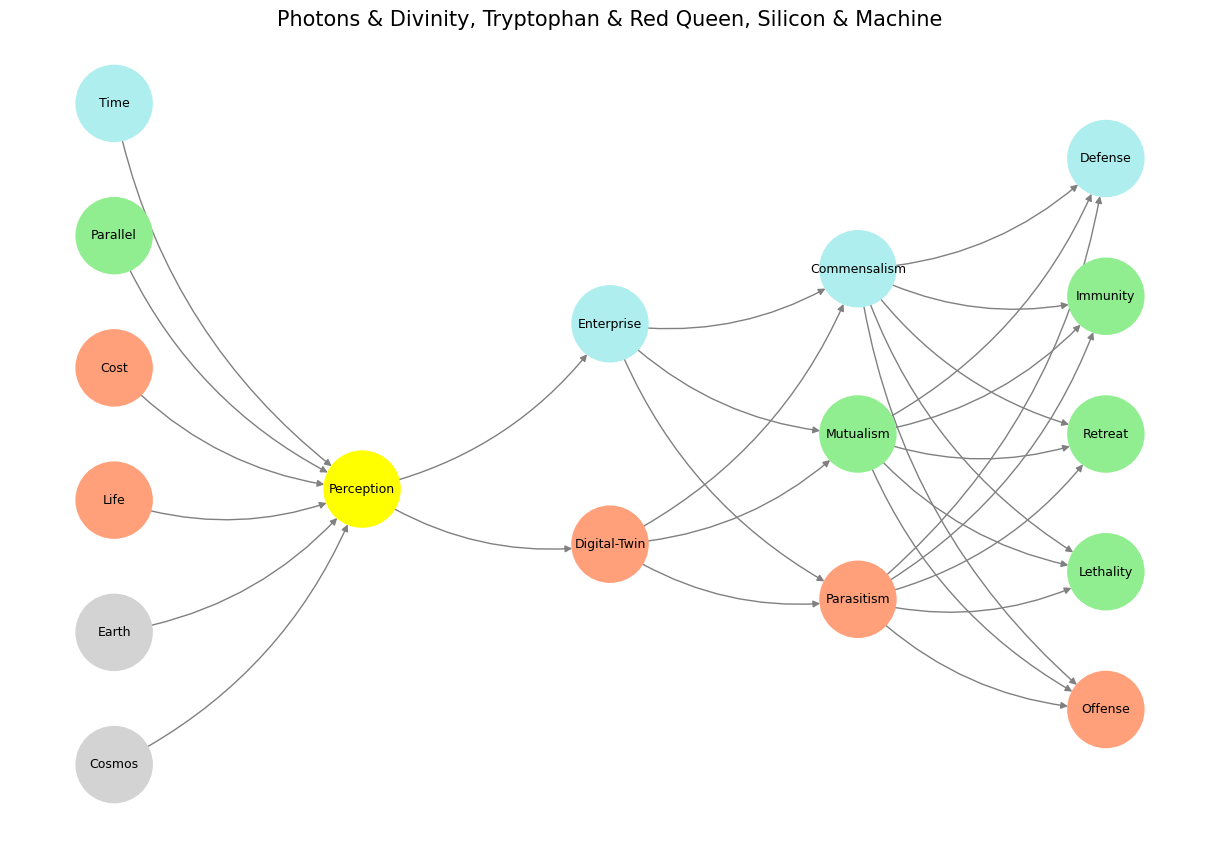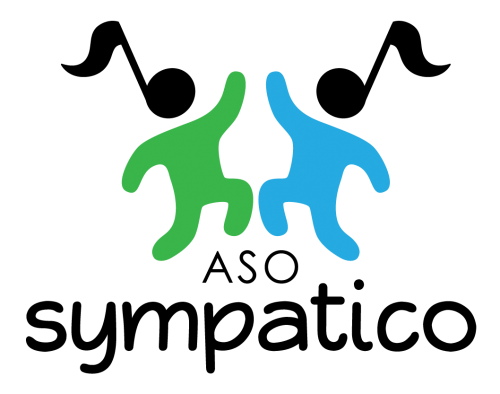Engineering#
The idiom “coulda, woulda, shoulda” encapsulates the essence of regret and unfulfilled potential, serving as a shorthand for the human tendency to dwell on missed opportunities and alternate paths. Its plaintive rhythm conveys both a wistful longing and a sense of futility, mirroring the structure of games and decisions governed by neuroarchitecture. By interpreting “coulda, woulda, shoulda” through the framework of fixed odds, pattern recognition, leveraged agency, curtailed agency, and spoils for further play, we uncover the deeper layers of human cognition that give this phrase its enduring resonance. Each word represents not just a lament but a reflection of the pathways we navigate, constrained and shaped by the rules of our inner and outer worlds.
Fixed Odds: The Immutable “Coulda”#
“Coulda” reflects the realm of possibility, the paths left untaken due to circumstances beyond our control. Fixed odds dominate this layer, as it is tied to external conditions—chance encounters, timing, and the immutable rules of existence. In this sense, “coulda” is a coin toss that never landed in our favor, a roulette spin that passed us by. We dwell on these outcomes not because they were within our grasp but because they reveal the boundaries of what was ever possible.

Fig. 12 Value, Quantity, Cost. Let’s align these with ends, means, sacrifice; reward, risks, resources; identity, transformation, dialogue. There’s an inherent, coherent, and consistent logic to this discussion across various domains of inquiry. The specific topic is by the physicism Thomas Campbell on virtual consciousness and aliens. We’ve already explored response to external stimuli vs. internal environment (See Tactical). This discussion blurrs the lines.#
This reflects the pre-input layer of the neural network, where immutable laws govern the initial conditions of our lives. Whether shaped by genetics, socioeconomic status, or historical context, these fixed odds form the scaffolding of our regrets. The missed opportunities of “coulda” remind us of the cold arbitrariness of life’s starting positions, where the cosmos, indifferent and unyielding, dictates the rules of the game.
Pattern Recognition: The Reflective “Woulda”#
“Woulda” shifts from possibility to hypothetical action, where patterns of causation and consequence dominate. This is the realm of recognition, where we replay scenarios in our minds, searching for the key moments when different choices might have led to different outcomes. “Woulda” is the layer of internal logic, a retrospective map we construct to make sense of what could have been.
At this stage, we act as machine learners processing static datasets of memory and perception, identifying patterns and gaps. “If only I had seen the signs” or “if only I had acted sooner” are echoes of this reflective exercise. The yellow node of perception, with its emphasis on extracting meaning from static information, governs this stage of regret. “Woulda” is less about the external conditions of the world and more about the internal struggle to process and understand the patterns that shaped our lives.
Leveraged Agency: The Aspirational “Shoulda”#
“Shoulda” speaks to action deferred, the moments when agency was available but unrealized. Unlike the wistful “coulda” and contemplative “woulda,” “shoulda” carries a sharper sting—a moral or personal failure to act on the opportunities presented. This is the layer of leveraged agency, where human will, like the jockey guiding the horse, has the power to influence outcomes but falters.
Here lies the tragedy of unrealized potential. “Shoulda” represents the red queen’s domain, where agency is active but constrained by hesitation, fear, or doubt. It is the moment the predator misses its prey not because of external conditions but because it failed to strike at the right time. In human terms, this is the realm of procrastination, indecision, and moral compromise. “Shoulda” carries with it the weight of responsibility, a reflection of the missed chances where action was entirely within reach.
Curtailed Agency: The Acceptance of “Coulda, Woulda, Shoulda”#
When combined, the three elements of the idiom—“coulda, woulda, shoulda”—collapse into curtailed agency, where the multiplicity of regrets becomes a static reality. This stage reflects the limits imposed by time, society, and the finite nature of human life. Once the moment has passed, the outcomes are fixed, and the individual’s agency becomes curtailed by the irreversibility of events.
This layer aligns with the hierarchical constraints of societal systems or the inevitability of mortality, where the vast possibilities of “coulda” and the intricate patterns of “woulda” are reduced to the cold finality of “too late.” Like cartels in sports or oligarchies in economics, this curtailed agency imposes a kind of stability—a bitter acceptance that the game is over, the odds are set, and no further play is possible.
Spoils for Further Play: Learning from Regret#
Despite its lamenting tone, “coulda, woulda, shoulda” contains within it the seeds of renewal. The spoils of regret are not material but experiential, offering a reservoir of lessons and insights for future decisions. The phrase invites reflection, not as a punishment but as an opportunity to reweight resources, recalibrate strategies, and emerge wiser.
This aligns with the emergent layer of the neural network, where past experiences feed into higher-order goals. Regret, when processed constructively, becomes the groundwork for new pathways and possibilities. The spoils of “coulda, woulda, shoulda” lie in its capacity to transform bitterness into resolve, disappointment into growth. The phrase, though backward-looking, carries a forward-looking promise: the chance to play the next round of life with greater clarity and purpose.
The Neuroarchitecture of Regret#
“Coulda, woulda, shoulda” is more than an idiom—it is a distillation of the games we play within ourselves, governed by the layers of neuroarchitecture that shape our thoughts and actions. Fixed odds, pattern recognition, leveraged agency, curtailed agency, and spoils for further play are all present within its plaintive rhythm, compressing the complexity of human regret into three simple words.
At its heart, the idiom reminds us that regret is not just a burden but a reflection of our humanity. It mirrors our capacity for imagination, our yearning for agency, and our endless quest to make sense of a world that is, by its nature, uncertain. In the games of life, we cannot change the rules or replay the past, but we can carry forward the lessons of what could have been, what would have been, and what should have been—transforming regret into the fuel for what still might be.
Show code cell source
import numpy as np
import matplotlib.pyplot as plt
import networkx as nx
# Define the neural network structure
def define_layers():
return {
'World': ['Cosmos', 'Earth', 'Life', 'Cost', 'Parallel', 'Time', ],
'Perception': ['Perception'],
'Agency': ['Digital-Twin', 'Enterprise'],
'Generativity': ['Parasitism', 'Mutualism', 'Commensalism'],
'Physicality': ['Offense', 'Lethality', 'Retreat', 'Immunity', 'Defense']
}
# Assign colors to nodes
def assign_colors():
color_map = {
'yellow': ['Perception'],
'paleturquoise': ['Time', 'Enterprise', 'Commensalism', 'Defense'],
'lightgreen': ['Parallel', 'Mutualism', 'Immunity', 'Retreat', 'Lethality'],
'lightsalmon': [
'Cost', 'Life', 'Digital-Twin',
'Parasitism', 'Offense'
],
}
return {node: color for color, nodes in color_map.items() for node in nodes}
# Calculate positions for nodes
def calculate_positions(layer, x_offset):
y_positions = np.linspace(-len(layer) / 2, len(layer) / 2, len(layer))
return [(x_offset, y) for y in y_positions]
# Create and visualize the neural network graph
def visualize_nn():
layers = define_layers()
colors = assign_colors()
G = nx.DiGraph()
pos = {}
node_colors = []
# Add nodes and assign positions
for i, (layer_name, nodes) in enumerate(layers.items()):
positions = calculate_positions(nodes, x_offset=i * 2)
for node, position in zip(nodes, positions):
G.add_node(node, layer=layer_name)
pos[node] = position
node_colors.append(colors.get(node, 'lightgray')) # Default color fallback
# Add edges (automated for consecutive layers)
layer_names = list(layers.keys())
for i in range(len(layer_names) - 1):
source_layer, target_layer = layer_names[i], layer_names[i + 1]
for source in layers[source_layer]:
for target in layers[target_layer]:
G.add_edge(source, target)
# Draw the graph
plt.figure(figsize=(12, 8))
nx.draw(
G, pos, with_labels=True, node_color=node_colors, edge_color='gray',
node_size=3000, font_size=9, connectionstyle="arc3,rad=0.2"
)
plt.title("Photons & Divinity, Tryptophan & Red Queen, Silicon & Machine", fontsize=15)
plt.show()
# Run the visualization
visualize_nn()


Fig. 13 Tryptophan, Tryptamine, and Y’all Who Be Trippin’. Information in nature is encoded in gravity and photons and zapped from the cosmos, to earth, to life, to silicon. As for the point of view, thats open for discourse. Source: Lorenzo Expeditions#

